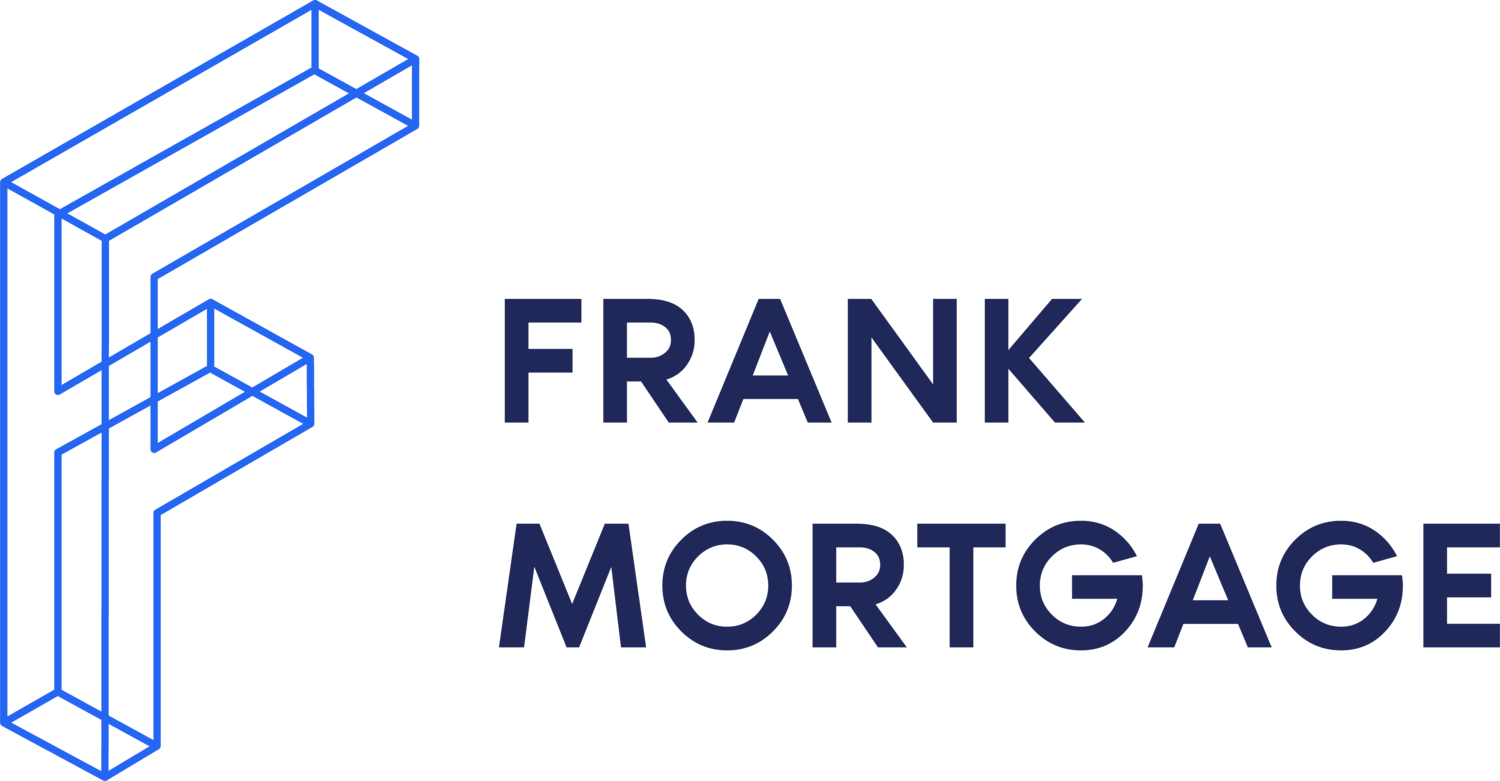August 2025: Is the Bank of Canada Finally Done Raising Interest Rates?
The past few years have been a white-knuckle ride for homeowners with variable-rate mortgages and real estate investors. After a series of rapid-fire hikes, the Bank of Canada (BoC) has shifted gears, leaving many to wonder if the era of rising borrowing costs is finally over. As of the end of July 2025, the BoC has maintained its target for the overnight rate at 2.75% for the third consecutive time. So, what does this "rate hold" mean for the Canadian economy and your finances?
This article will break down the latest announcement, analyze the economic factors the BoC is watching, and provide insights from leading economists to help you understand what might come next for the prime and Canadian mortgage interest rates.

A Look Back: From Hikes to Holds
The Bank of Canada’s policy rate journey in recent years has been a tale of two halves. After a long period of aggressive rate hikes, the Bank shifted its focus to easing monetary policy in late 2024 and early 2025. This culminated in a series of rate cuts that brought the overnight rate down to 2.75% by March 2025. Since then, the central bank has remained on the sidelines, holding the rate steady through April, June, and the most recent announcement in July 2025.
The Current Economic Landscape: What the Bank Is Watching
The BoC's recent decisions are rooted in a "data-dependent" approach. The key indicators they are monitoring to decide the future direction of rates include:
- Inflation: The most recent data shows Canada's inflation is hovering around 1.9%, within the Bank's target range of 1% to 3%. However, core inflation, which excludes volatile items, remains a concern for some economists.
- Economic Growth: The Canadian economy is flashing mixed signals. Despite some resilience, there are concerns about slowing GDP growth, with some forecasts predicting a contraction in the second half of 2025.
- Employment: The unemployment rate has gradually increased to 6.9% as of June 2025. While this is not as high as some feared, the BoC is watching this closely as it weighs on household spending.
- Geopolitical Factors: Ongoing trade negotiations and the threat of new tariffs with the U.S. continue to create uncertainty. The BoC has acknowledged that these external pressures could impact the domestic economy and inflation.
Expert Predictions: What the Banks Are Saying
The consensus among central Canadian banks is that the rate-hike cycle is over and the next move will likely be a cut, although the timing remains debatable.
- Scotiabank: Forecasts the BoC to hold its key rate for the remainder of 2025, easing in 2026.
- TD Economics: Anticipates the policy rate will gradually be cut to around 2.25% year-end and then be flat through 2026.
- CIBC: Head economist Benjamin Tal expects the policy rate to be lowered to 2.5% or 2.25% by the end of 2025 or early 2026.
As reflected in overnight swaps, market expectations also suggest a high probability of a rate cut before the end of the year.
How This Affects You: A Deeper Dive for Homeowners and Investors
For Homeowners with Variable-Rate Mortgages
A BoC rate hold may not seem like good news but it is a welcome sign of stability. Since your variable-rate mortgage is tied to your lender's prime rate, currently 4.95%, a steady policy rate means your payments won't increase.
- The Prime Rate: The prime rate is directly influenced by the BoC's overnight rate. When the Bank holds its rate, the prime rate holds too. This gives you a period of predictability, allowing you to budget and plan.
- Your Next Steps: This period of stability is a good opportunity to reassess your mortgage strategy. Consider whether to continue riding the variable rate, especially with forecasts pointing to potential future cuts, or if you prefer the certainty of locking in a fixed rate.
For Real Estate Investors
These rate decisions also influence the housing market outlook. Lower interest rates typically boost market activity.
- Market Rebound: With rates expected to decrease gradually in the coming months and years, the housing market is projected to rebound in 2026 as consumer spending and business investments increase.
- Strategy: This environment could present opportunities for investors. While some markets have seen price declines, the long-term outlook is one of recovery, particularly as strong population growth continues to fuel demand and housing starts lag the volume needed.
Conclusion: Navigating the Path Forward
While the question of whether the BoC is "done" raising rates seems to have a clear answer—yes, for now—the more complex question is when they will start cutting again. The current data-dependent environment suggests a cautious approach, with the Bank weighing inflation, economic growth, and global trade uncertainty. Experts agree that rate cuts are more likely than hikes in the near future.
The current period of stability is an excellent time to take control of your financial future. Whether you are a homeowner or an investor, understanding the economic landscape and preparing for what's next is key.
Frequently Asked Questions
When is the next Bank of Canada interest rate announcement?
The following scheduled interest rate announcement from the Bank of Canada is September 17, 2025.
What is the current prime rate in Canada?
As of August 2, 2025, the prime rate in Canada is 4.95%.
Will the BoC cut interest rates in 2025?
While nothing is guaranteed, most economists and market analysts expect the Bank of Canada to begin cutting rates later in 2025, with some predicting a reduction as early as the September meeting.
Take Control of Your Financial Future
Ready to make an informed decision about your mortgage?
Connect with a mortgage specialist today!
About The Author

Don Scott
Don Scott is the founder of a challenger mortgage brokerage that is focused on improving access to mortgages. We can eliminate traditional biases and market restrictions through the use of technology to deliver a mortgage experience focused on the customer. Frankly, getting a mortgage doesn't have to be stressful.
Related Posts






